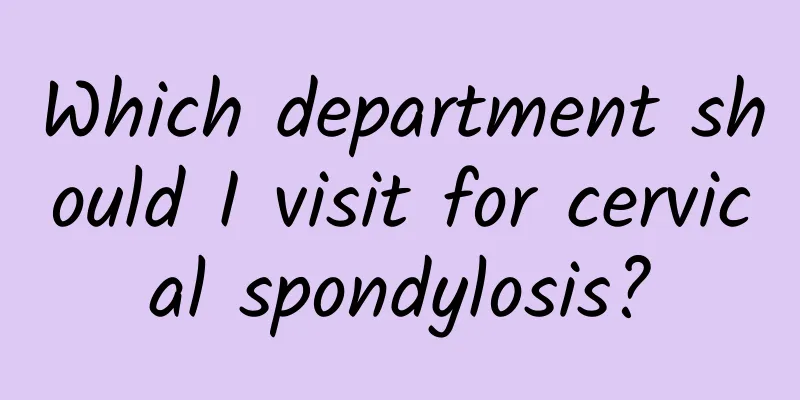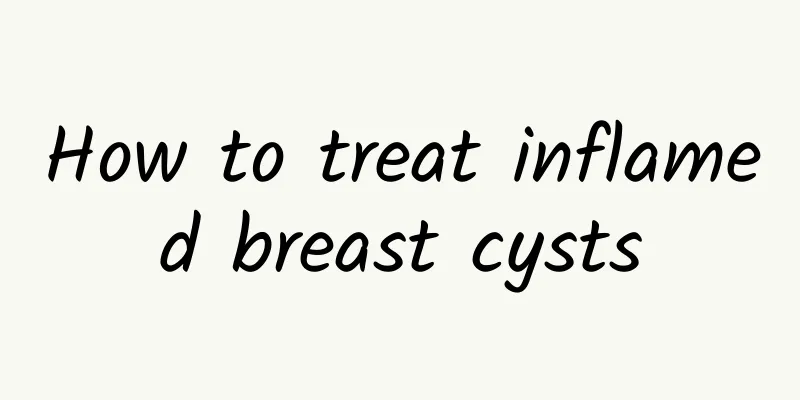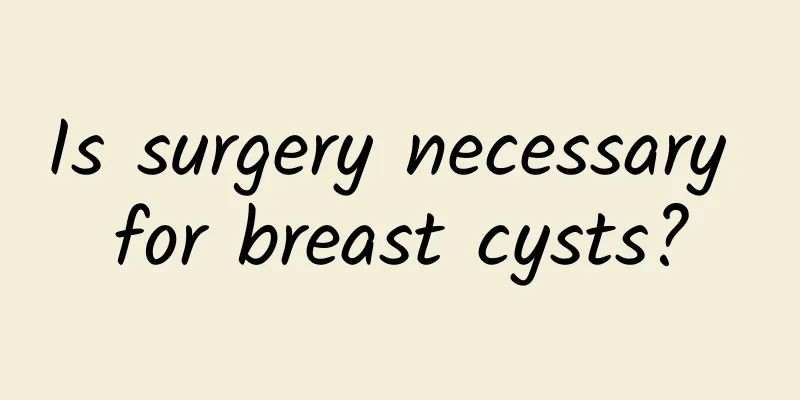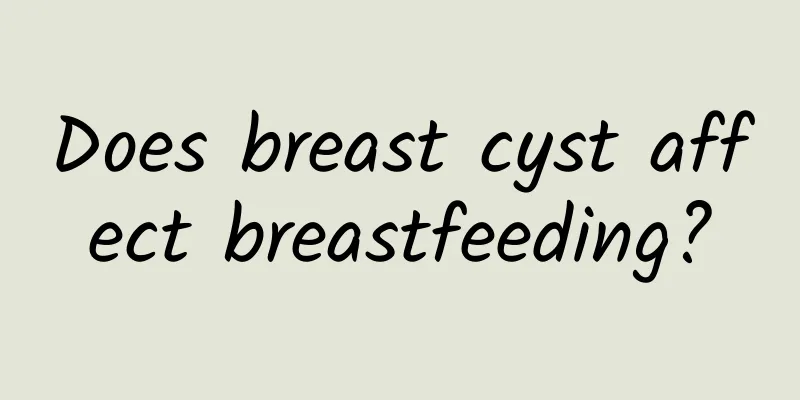What is spinal stenosis?
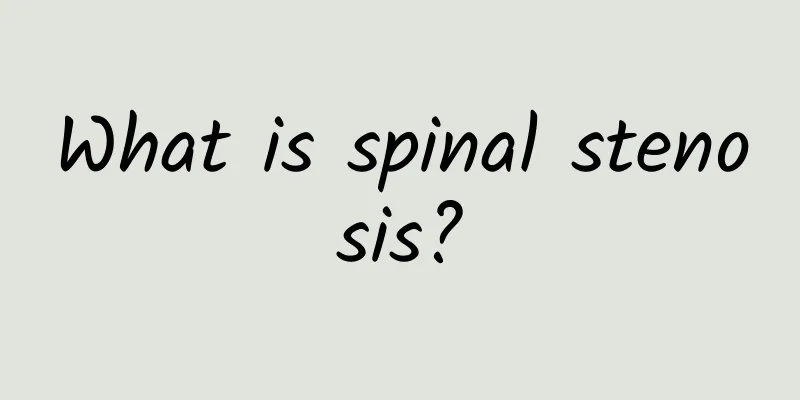
|
Spinal stenosis refers to a syndrome in which the spinal bone structure or soft tissue is abnormal due to various reasons, resulting in cauda equina or nerve pressure or stimulation dysfunction, leading to a series of clinical symptoms such as pain, numbness, intermittent claudication, and abnormal bowel movements. According to the site of onset, it can be divided into cervical spinal stenosis, thoracic spinal stenosis, and lumbar spinal stenosis, and according to the cause of the disease, it can be divided into congenital spinal stenosis and acquired spinal stenosis. The causes of spinal stenosis are as follows: congenital developmental abnormalities, spinal malformations, anteroposterior diameter, left-right diameter consistency stenosis, leading to cauda equina or nerve root stimulation or compression symptoms. Second, spinal degeneration, the spine may have pseudoslip or hyperplasia, leading to spinal stenosis. Three spinal slippage, when the upper and lower spinal canals are displaced, leading to further narrowing of the spinal canal, four medical stenosis. Five violent trauma, the spinal cord is subjected to violent trauma, especially when fractures can cause spinal stenosis. Six others, such as deformed bone diseases, can also lead to spinal stenosis. Spinal stenosis symptoms Spinal stenosis refers to a series of clinical symptoms caused by pressure on the spinal cord, nerves and arteries. Spinal stenosis can be clinically divided into cervical spinal stenosis, thoracic spinal stenosis and lumbar spinal stenosis, of which lumbar spinal stenosis is more common. The symptoms of spinal stenosis often lead to neck, chest and back pain and limited mobility. It can also cause numbness and discomfort in the limbs, weakness and stiffness in the limbs, unstable walking, and even bowel and urination dysfunction. Severe cases can lead to quadriplegia or even bedriddenness. Minimally invasive spinal stenosis treatment Spinal stenosis is mainly treated with open surgery. At present, with the development of science and technology, minimally invasive treatment methods for spinal stenosis are gradually formed. Minimally invasive treatment methods for spinal stenosis are generally performed under endoscopy, and can be performed with discectomy, partial spinal canal decompression, and intervertebral fusion. However, in the minimally invasive surgical treatment of spinal stenosis, the principle of individualization should be followed, and attention should be paid to complete decompression and spinal stability, and the best minimally invasive treatment method should be used to solve the disease and improve symptoms. |
<<: What is the difference between osteoarthritis and rheumatoid arthritis
>>: Treatment of ureteral stones
Recommend
Are multiple breast cysts serious?
Multiple breast cysts are not necessarily serious...
Can I eat honey if I have breast cysts?
If you have breast cysts, you can eat honey in mo...
Can breast cysts turn into cancer?
Breast cysts don't usually develop into cance...
What medicine is used for tenosynovitis
Tenosynovitis is a common inflammation of the wri...
Is tuberculous arthritis contagious in children?
Tuberculous arthritis is essentially caused by My...
What to do if you have a breast cyst
Breast cysts are usually benign lesions. There is...
iSpecial treatment methods for cervical spondylosis
Special treatments for cervical spondylosis inclu...
Can lower limb venous thrombosis cause leg swelling?
Lower extremity venous thrombosis can cause foot ...
How long does it take for breast cysts to go away?
Breast cysts are a relatively common benign lesio...
Can breast cysts be cured by drinking Chinese medicine?
Drinking Chinese medicine may have a certain reli...
What to do if the tendon is broken
A torn hamstring may sound scary, but don't w...
How to treat breast cysts
The treatment of breast cysts can be divided into...
Sequelae of fracture
Sequelae of fracture: Accidents can happen anywhe...
Can I eat lean meat if I have breast cysts?
Patients with breast cysts can eat lean meat in m...
Can I eat sweets if I have breast cysts?
People with breast cysts can eat sweets in modera...
